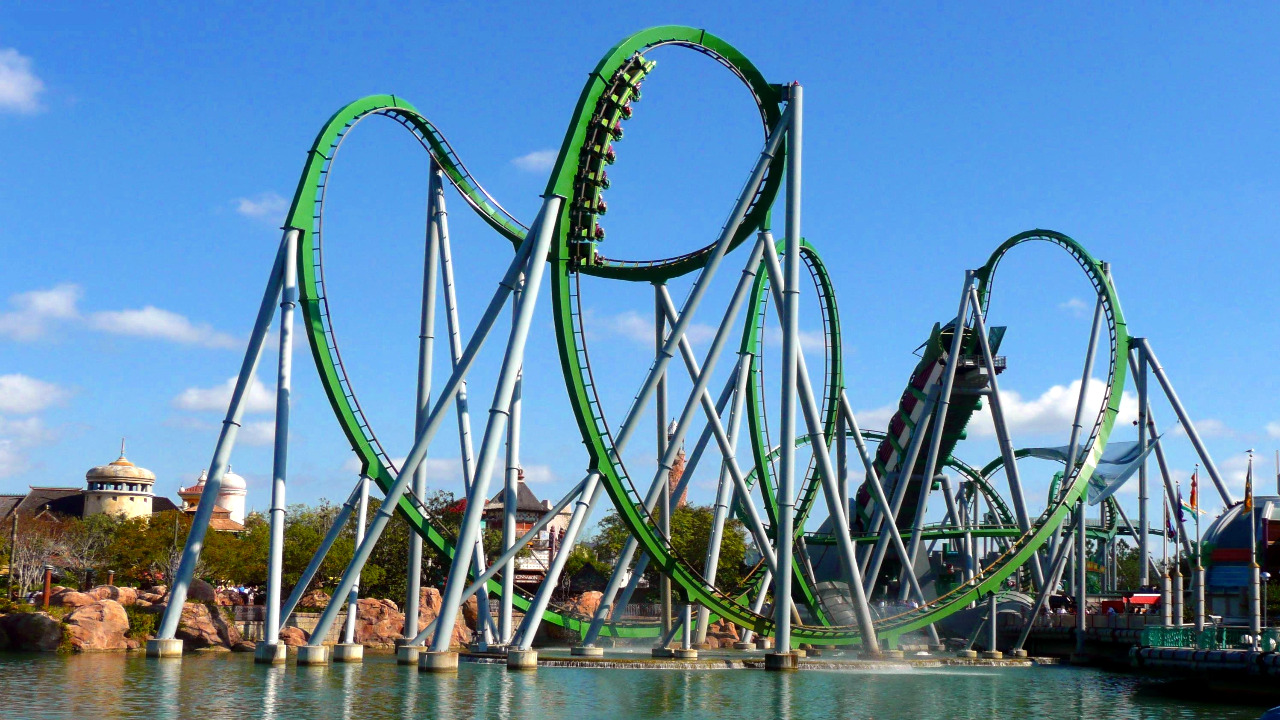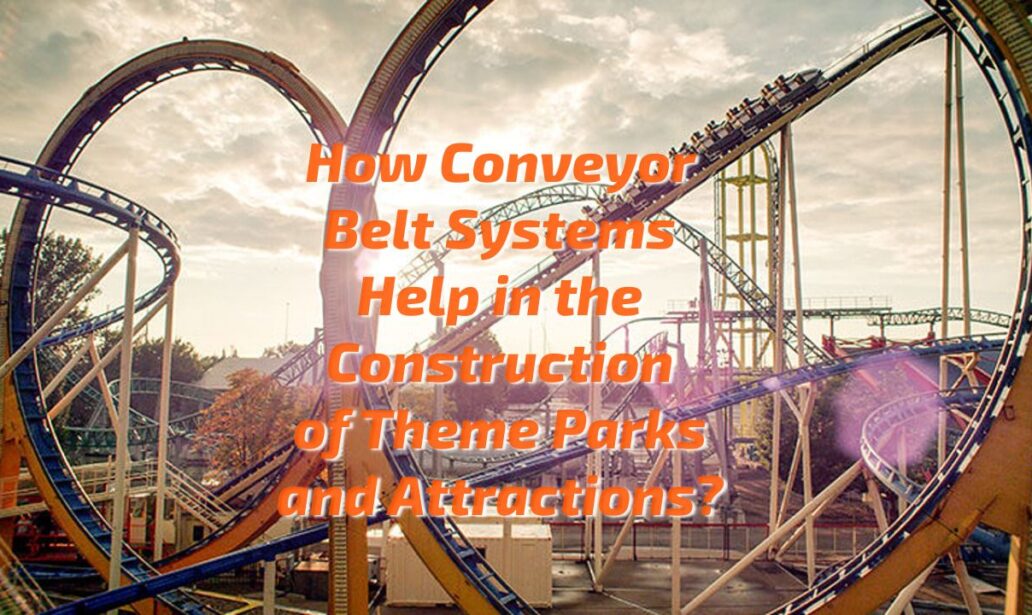Conveyor belt systems are an essential component in the construction of theme parks and attractions. The use of conveyor belt systems can provide several benefits to construction companies, including increased efficiency, reduced labor costs, and improved safety. In this article, we will explore how conveyor belt systems help in the construction of theme parks and attractions.
Increase efficiency

One of the primary ways that conveyor belt systems help in the construction of theme parks and attractions is by increasing efficiency. For example, conveyor manufacturers in Melbourne produce conveyor belts that can transport materials quickly and efficiently, reducing the amount of time and labor required to move materials manually. This increased efficiency can help construction companies complete projects on time and within budget.
Reduce labor costs

Additionally, conveyor belt systems can help construction companies reduce labor costs. By automating the movement of materials, conveyor belts eliminate the need for manual labor, reducing the number of workers required on the job site. This not only saves money but also improves safety by reducing the risk of accidents and injuries associated with manual labor.
Improve safety
Another way that conveyor belt systems help in the construction of theme parks and attractions is by improving safety. Manual labor can be dangerous, particularly in construction sites with heavy machinery and equipment. Conveyor belts reduce the need for manual labor, reducing the risk of accidents and injuries.
Help meet safety regulations

In addition to improving safety, conveyor belt systems can also help construction companies meet safety regulations. For example, conveyor belts can be designed with safety features such as emergency stop buttons and safety guards to prevent accidents and injuries.
Conserve resources
Conveyor belt systems can also help construction companies conserve resources. For example, conveyor belts can be designed to transport materials up and down inclines, reducing the need for heavy machineries such as cranes and forklifts. This not only saves money but also reduces the amount of fuel and energy required to operate heavy machinery.
Improve the quality of the finished product

Another way that conveyor belt systems help in the construction of theme parks and attractions is by improving the quality of the finished product. Conveyor belts can transport materials with greater precision and accuracy than manual labor, resulting in a more uniform and consistent finished product.
Complete projects that would be impossible with manual labor
Additionally, conveyor belt systems can help construction companies complete projects that would be difficult or impossible with manual labor. For example, conveyor belts can transport materials over long distances, across uneven terrain, and through narrow spaces. This allows construction companies to complete projects that would otherwise be too difficult or time-consuming.
Reduce waste and improve sustainability
Finally, conveyor belt systems can help construction companies reduce waste and improve sustainability. For example, conveyor belts can be designed to transport materials with minimal spillage, reducing the amount of waste generated by the construction process. Additionally, conveyor belts can be made from recyclable materials, reducing their environmental impact.
In conclusion, conveyor belt systems are an essential component in the construction of theme parks and attractions. By increasing efficiency, reducing labor costs, improving safety, conserving resources, improving quality, and reducing waste, conveyor belt systems can help construction companies complete projects on time and within budget while minimizing their environmental impact. As the construction of theme parks and attractions continues to grow, the use of conveyor belt systems is likely to become even more widespread, helping construction companies to meet the unique challenges and demands of these complex projects.
